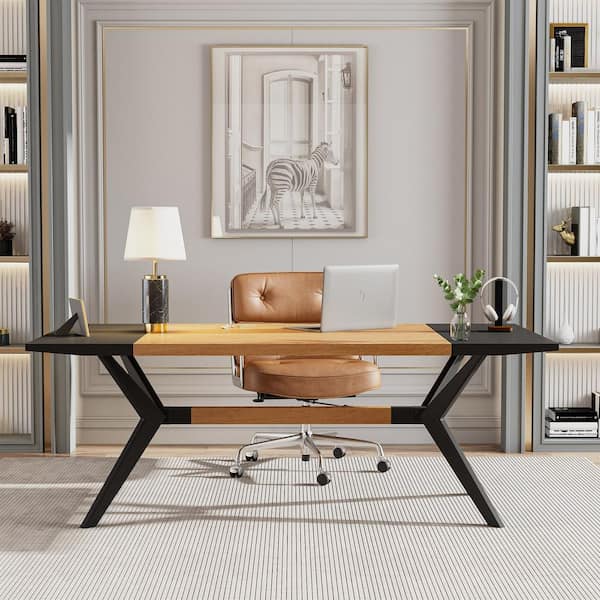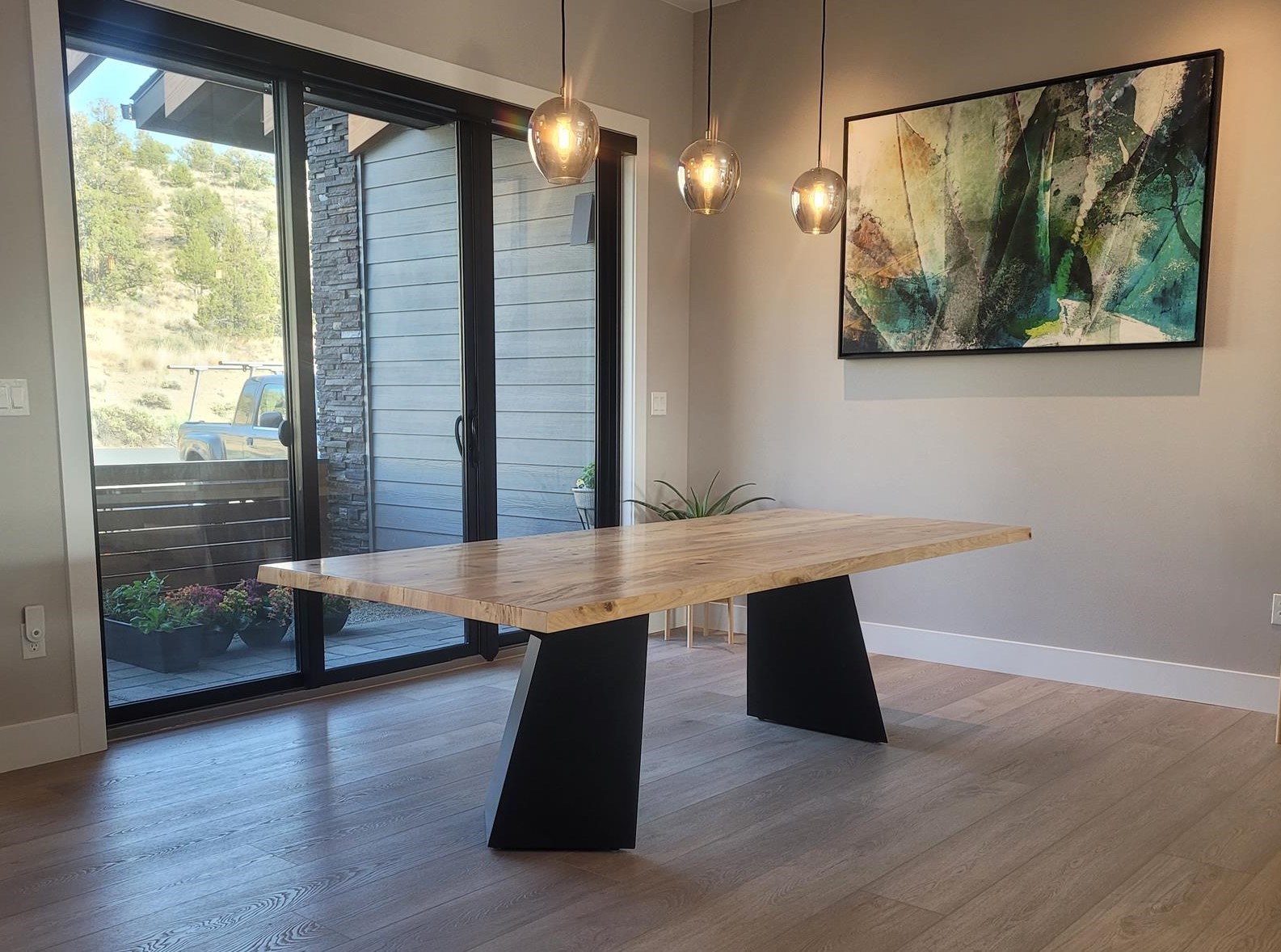Dining Room Table Legs: What to Consider Before You Buy
Dining Room Table Legs: What to Consider Before You Buy
Blog Article
Choosing the Perfect Table: What Styles Job Best for Your Home?
Selecting the suitable eating table for your home can be a nuanced process that balances appearances and performance. To browse these selections efficiently and discover a table that absolutely complements your home, think about the complying with facets in information.
Assessing Your Area
Examining the measurements and format of your dining area is a crucial very first step in choosing the best eating table. Begin by gauging the size and width of the room, accounting for doorways, windows, and other architectural functions that might affect table positioning. This makes sure that your table not just fits yet additionally permits comfy activity around it.
Take into consideration the variety of individuals you generally amuse. A table must fit your family's everyday requirements while using adequate versatility for occasional guests. As a rule of thumb, allocate at the very least 24 inches of table size per individual to make certain a comfy eating experience.
It's likewise important to maintain appropriate clearance around the table. Preferably, there need to go to least 36 inches between the table side and wall surfaces or other furniture, making it possible for very easy gain access to and motion. For spaces where chairs with arms or added storage space units like buffets are involved, raising this clearance to 48 inches is a good idea.
Lighting and ambience play significant roles. Make sure that your dining table aligns with existing lights fixtures or prepare for appropriate lighting remedies. This detailed spatial assessment warranties that your table not just fits physically but likewise harmonizes with your area's overall capability and aesthetic.
Popular Table Styles

Typical table often feature luxuriant information, bent legs, and abundant wood surfaces, evoking a sense of classic style. They are excellent for homes with timeless decoration or those seeking to add a touch of elegance to their dining location.
Modern eating tables prioritize simplicity and tidy lines, usually including materials like glass and metal. These tables are ideal for modern areas, offering a sleek and uncluttered appearance that matches minimalist layout approaches.
Rustic table, on the various other hand, stress natural products and a handmade appearance - dining room table legs. They often include recovered wood and a troubled surface, creating a cozy and inviting ambience. These tables work well in farmhouse-style homes or those seeking a relaxing, organic feeling
Industrial dining tables incorporate raw products such as metal and timber, frequently showcasing a practical aesthetic. This design is appropriate for lofts or metropolitan spaces, including a touch of rugged you could try these out appeal and resilience to the eating experience.
Each style supplies unique benefits, making it vital to pick one that lines up with your home's total style and your individual preferences.
Product Selections
When choosing an eating table, the choice of product plays an essential function in determining both the table's looks and functionality. Timber, steel, glass, and composite materials each offer one-of-a-kind benefits and difficulties, making it essential to line up the product with your home's decor and way of life demands.
Wood is an ageless and flexible alternative, available in ranges such as oak, walnut, and mahogany. Recognized for its durability and warmth, wood matches both typical and contemporary interiors. Nevertheless, it calls for normal maintenance to stop scrapes and bending.
Metal tables, typically crafted from stainless-steel, light weight aluminum, or functioned iron, are praised for their modern appeal and toughness. They are specifically Continue suited for industrial or minimalist settings but can be prone to dents and may feel cold to the touch.
Glass table bring an air of sophistication and visibility, suitable for smaller sized areas as they produce an illusion of more space. While simple to clean, glass can be vulnerable to smudges and requires careful dealing with to avoid chips and cracks.
Composite materials, such as MDF and plywood, deal cost-effective and personalized remedies, though they might lack the durability of natural materials. Picking the ideal product ensures your dining table is both a practical asset and a visual joy.
Forming and Dimension Factors To Consider
After visit their website determining the ideal product for your table, the next consideration is picking the ideal sizes and shape to suit your room. The form of the table substantially influences the area's visual and capability. Rectangle-shaped tables, one of the most typical shape, are perfect for larger rooms and can fit a greater variety of guests. They additionally enable for a more official eating experience. Conversely, rounded tables promote a feeling of affection and are excellent for smaller sized dining areas, motivating conversation by eliminating corners and making every person feel just as included.
Dimension is equally vital and must be dictated by both the space's measurements and the number of people you intend to seat routinely. Generally of thumb, assign a minimum of 24 inches of table size per person to make sure comfy dining. Furthermore, take into consideration the table's clearance space: there ought to go to the very least 36 inches in between the table side and the walls or other furniture. This makes sure that restaurants can move around quickly without really feeling confined. Extending tables provide versatility if you regularly organize larger gatherings, offering extra seats when required without inhabiting added space daily. Selecting the best shape and size makes sure both usefulness and visual harmony in your eating location.
Matching Your Design
Selecting a dining table that integrates with your existing design is pivotal in producing a natural and inviting area. A sleek, minimalist table with tidy lines is perfect for a modern-day home, while a vintage, ornate table fits an extra conventional setup.
Shade and material are just as significant. If your design includes warm tones and natural products, take into consideration a wooden table to improve the natural feeling. Conversely, a glass or steel table might be better in a room controlled by awesome colors and commercial components. Focus on the surface, as it needs to mirror various other furniture and fixtures to preserve consistency.
A rough-hewn, reclaimed wood table can add personality to a rustic area, while a refined marble surface can elevate a lavish dining location. A well-matched eating table not only enhances aesthetic allure however also enriches the total dining experience.

Verdict
Choosing the suitable eating table requires cautious factor to consider of area, design, materials, shape, and size. Conventional tables complement classic interiors with abundant timber coatings, while modern-day tables fit contemporary settings through glass and metal.
Report this page